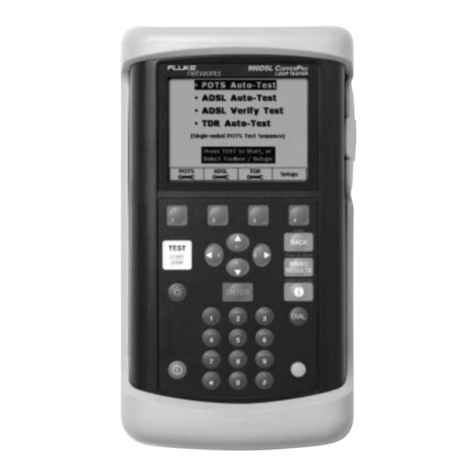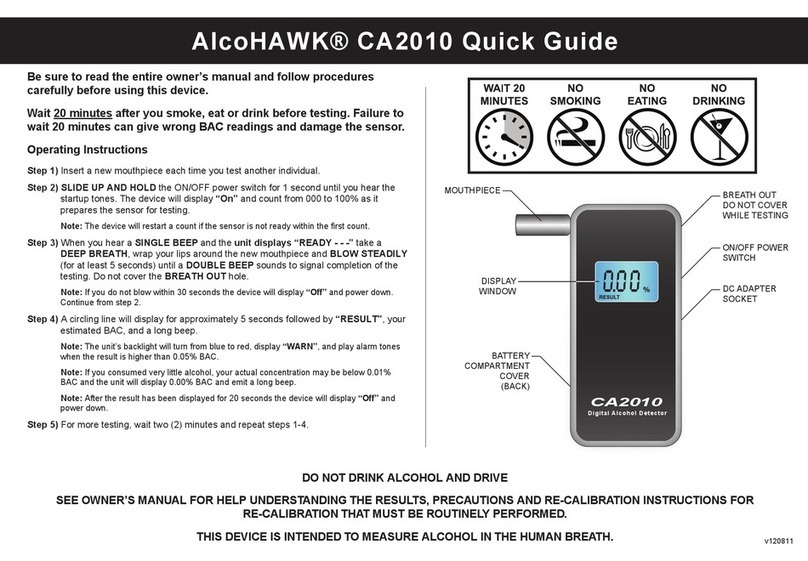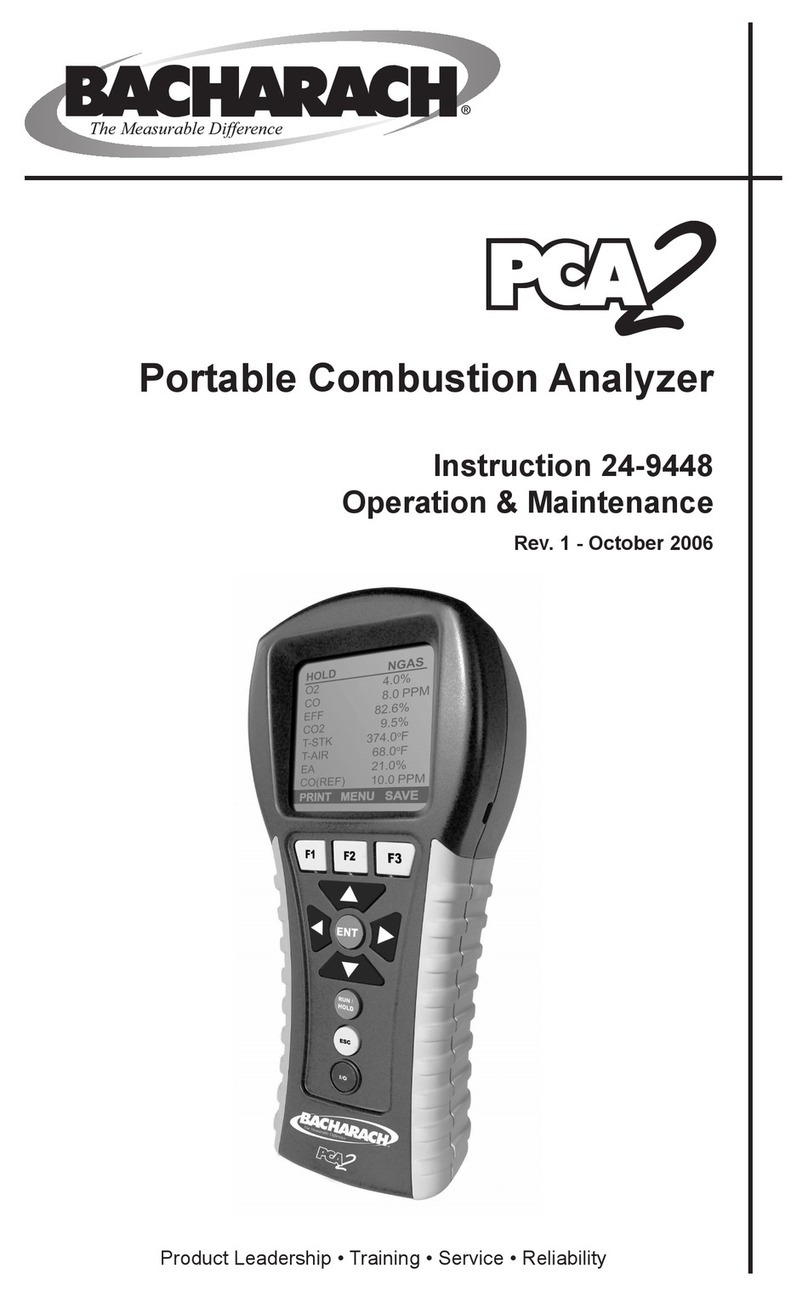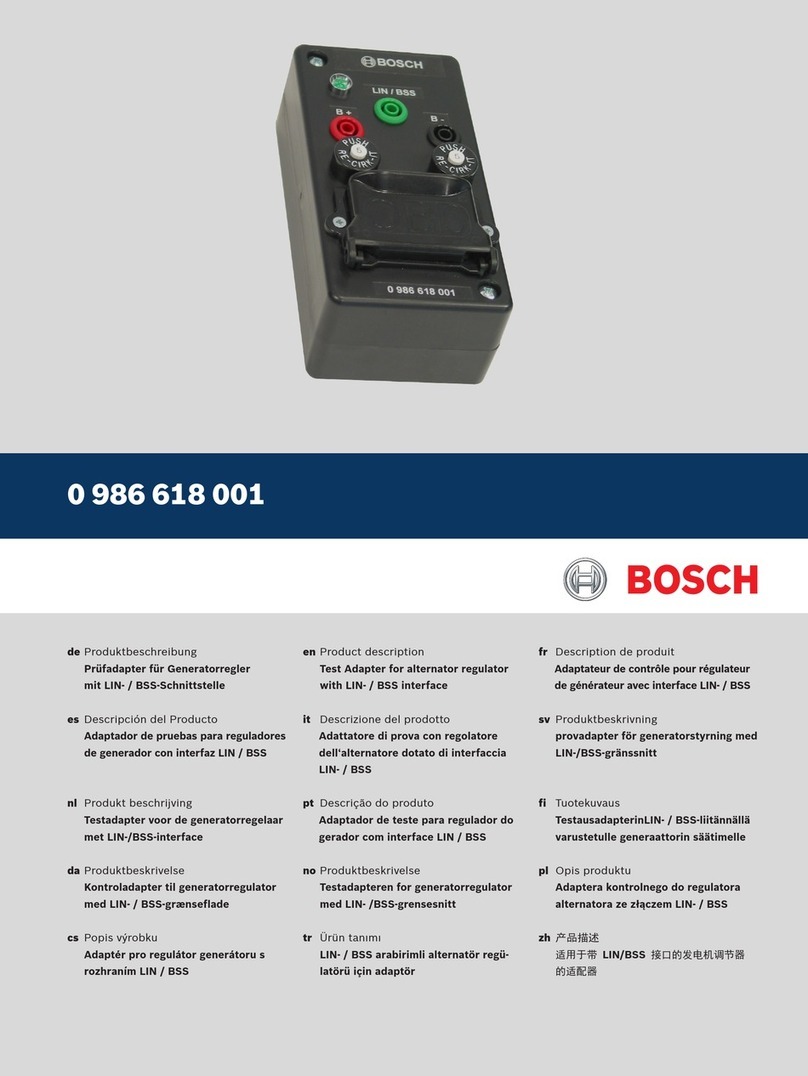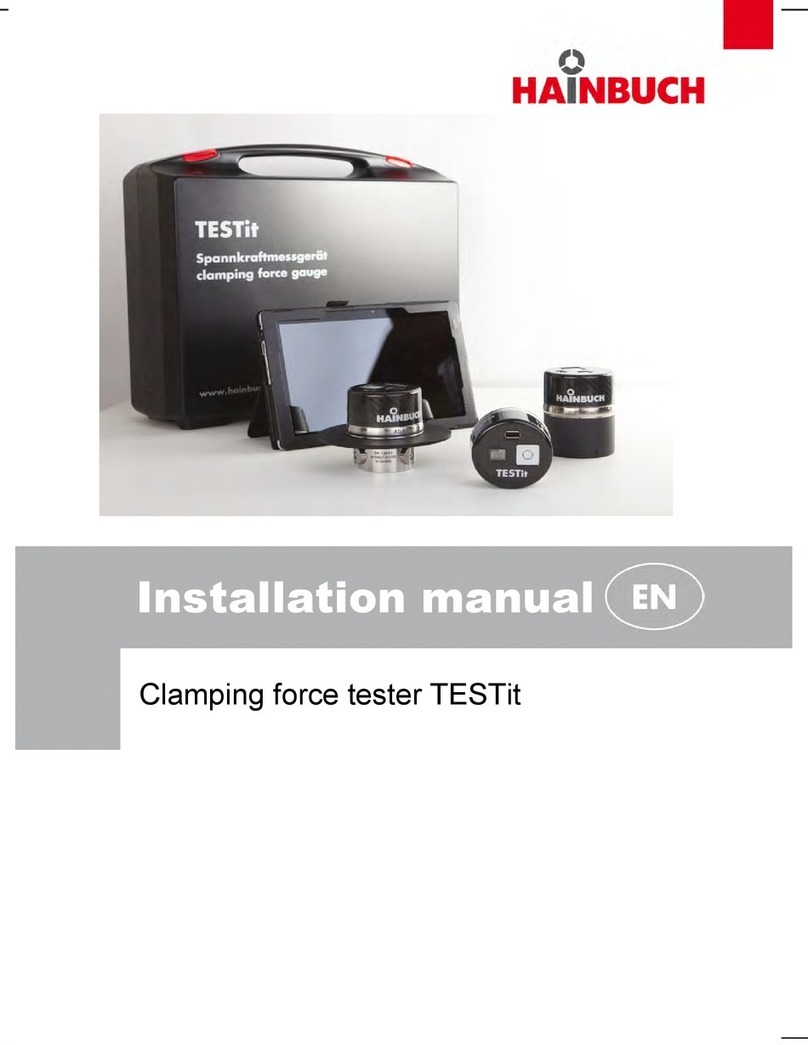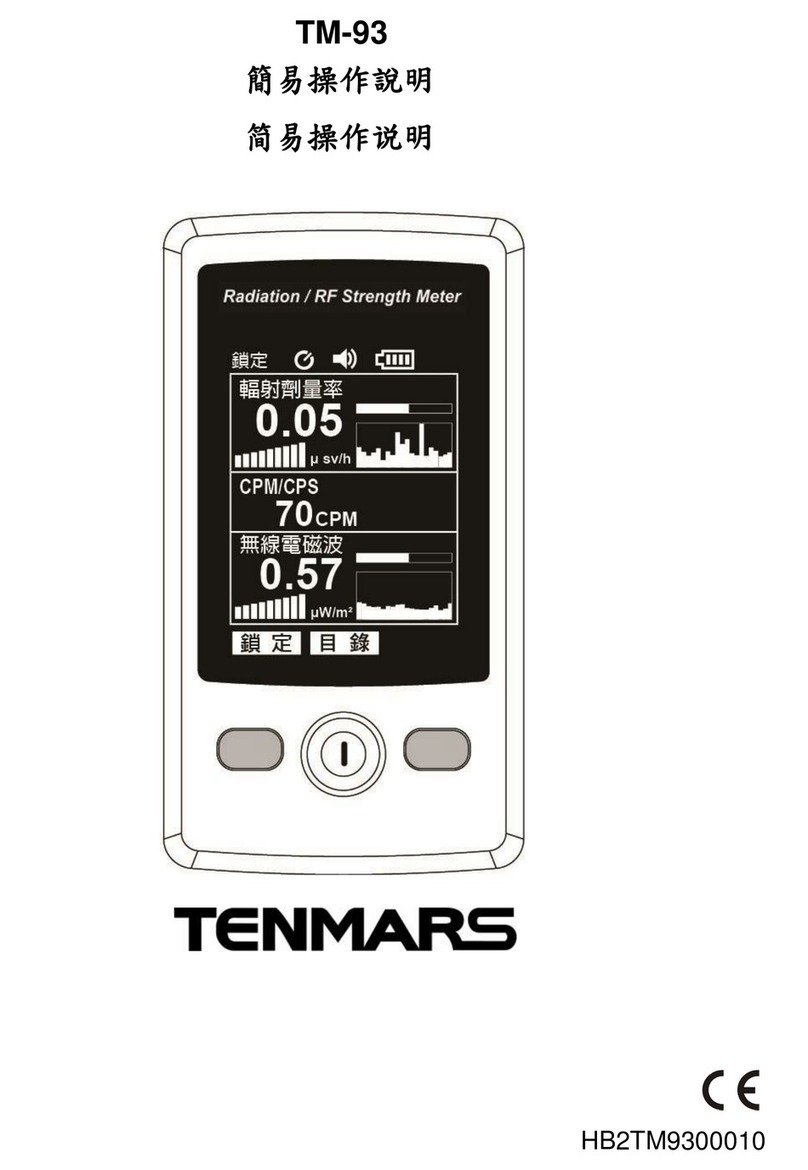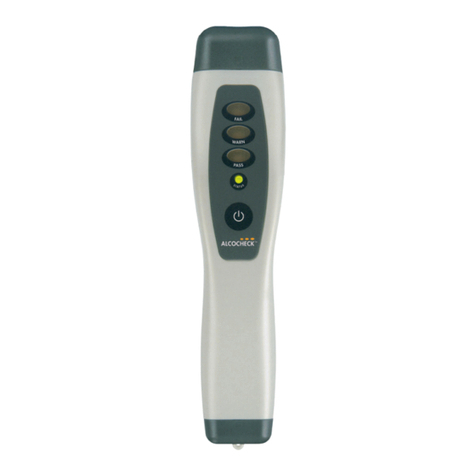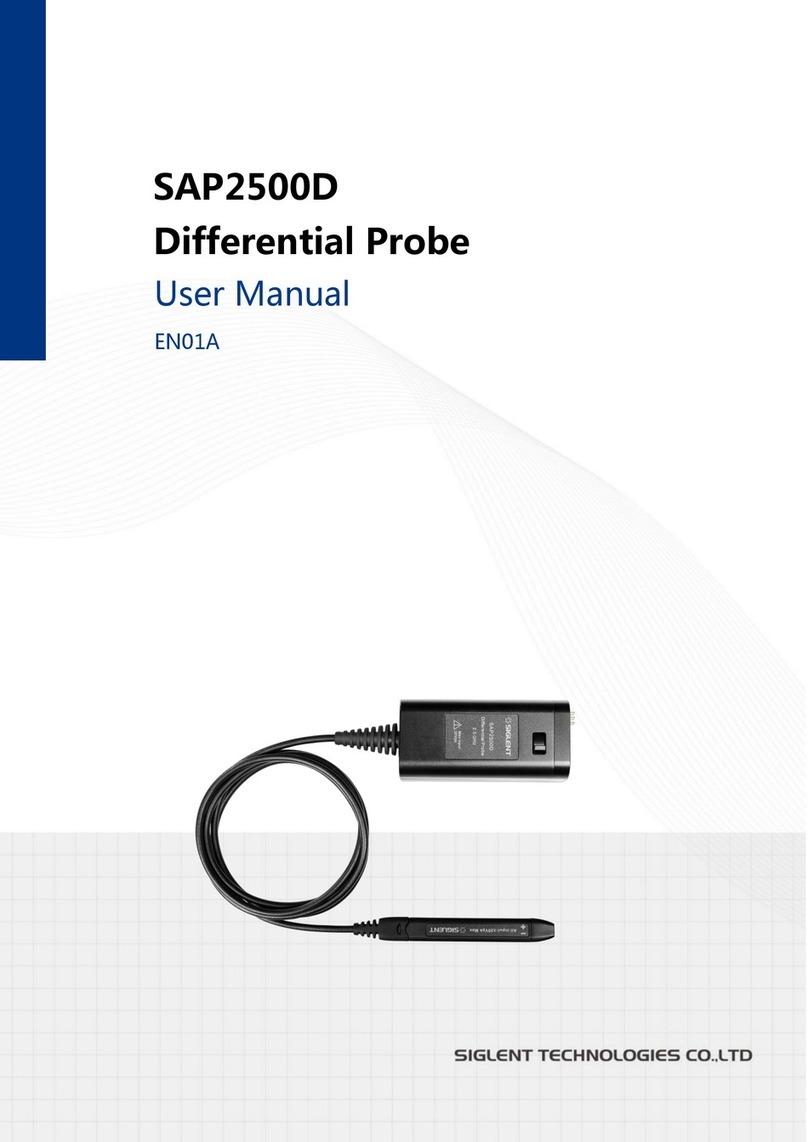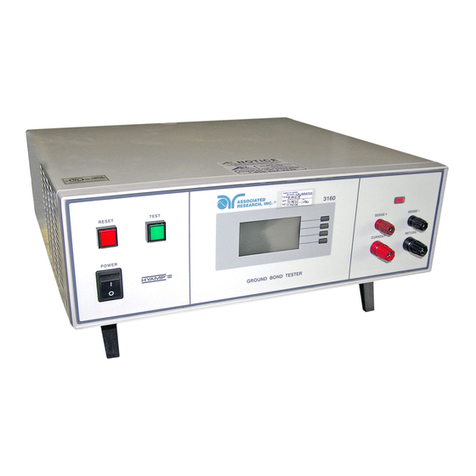Stahlwille SmartCheck User manual

English version of original German
operating instructions
EN
SmartCheck torque tester
Status: 07/2017


Contents
Notes on the instructions and the manufacturer .......................... 5
Availability ...................................................................................... 6
Other applicable documents .......................................................... 6
Structural features ......................................................................... 6
Safety ............................................................................................. 7
Structural features of the warning notices ..................................... 7
Structural features of notices referring to material damage .......... 7
Proper use, operating area ............................................................ 8
Basic safety instructions ................................................................ 8
Avoiding material damage ............................................................. 9
Handling batteries and rechargeable batteries ........................... 10
Warranty and liability ................................................................... 11
Personnel training ....................................................................... 11
Personal safety equipment .......................................................... 11
Description ................................................................................... 12
Overview of the device ................................................................ 13
Environmental conditions ............................................................ 14
Type plate .................................................................................... 14
Technical data ............................................................................. 15
Transport, scope of delivery, storage ......................................... 16
Transporting the DPG ................................................................. 16
Scope of delivery ......................................................................... 16
Storing the DPG .......................................................................... 16
Fastening the DPG and preparing for operation ........................ 17
Fastening the DPG ...................................................................... 17
Aligning the display ..................................................................... 20

Establishing the current supply .................................................... 21
Operation ..................................................................................... 25
Operating module ........................................................................ 25
Switching the DPG on .................................................................. 26
Setting the mode .......................................................................... 27
Setting the torque unit .................................................................. 28
Setting the target torque .............................................................. 29
Setting the torque target zone ..................................................... 30
Resetting the display ................................................................... 32
Resetting the display prior to direction changes .......................... 33
Overload warning ......................................................................... 33
Switching the DPG off .................................................................. 34
Testing torque wrenches ............................................................. 35
Connecting a torque wrench to the DPG ..................................... 35
General measurement of torques ................................................ 37
Testing indicating torque wrenches ............................................. 38
Testing click type torque wrenches ............................................. 39
Eliminating faults or malfunctions .............................................. 41
Cleaning ....................................................................................... 43
Calibrating the DPG ..................................................................... 43
Disposal ....................................................................................... 44
EU declaration of conformity ...................................................... 45

Notes on the instructions and the
manufacturer
5
Notes on the instructions and the
manufacturer
These operating instructions help you to use the SmartCheck torque
tester, abbreviated to DPG in the following, properly, safely and
economically.
These instructions are aimed at each person who performs the
following activities with and on the DPG:
•Transportation
•Assembly
•Operation
•Cleaning
•Disposal
In particular, these instructions are aimed at trained specialist
personnel and qualified and authorised operating personnel.
Each of these persons must have read and understood the contents
of these instructions. Compliance with these instructions helps to
avoid dangers and to increase the reliability and service life of the
DPG. In addition to the notes contained in these instructions, also
always observe the legal and other regulations applicable at the
installation location, such as e.g.:
•Accident prevention regulations
•Regulations for safe and proper work.

Notes on the instructions and the
manufacturer
6
Availability
These instructions are part of the DPG. Always store these
instructions along with the documentation on the DPG. Make sure
that the instructions are available to the user. Enclose these
instructions if you sell the DPG or pass it on in any other manner.
Other applicable documents
Also observe and comply with the information in the other applicable
documents. Other applicable documents particularly include the
following document types:
•DPG factory calibration certificate
•Operating instructions of the torque wrenches to be tested
Structural features
Defined structural features are assigned to the various elements
within the operating instructions. You can therefore easily determine
the type of text which this involves:
Normal text,
"BUTTONS" on the DPG
•Lists, first level
−Lists, second level or
Action steps.
Tips. General information and information regarding the
economical use of the DPG is provided here.

Safety
7
Safety
Structural features of the warning notices
DANGER
Notices containing the word DANGER warn of hazards
which lead directly to severe or fatal injuries.
CAUTION
Notices containing the word CAUTION warn of hazards
which may possibly lead to minor to moderate injuries.
Structural features of notices referring to material
damage
ATTENTION
Notices containing the word ATTENTION warn of
hazards in which property damage may possibly occur.

Safety
8
Proper use, operating area
The SmartCheck type 10, 100, 400 and 800 torque testers are
suitable for testing tracking and click type torque wrenches as well as
for generally measuring torques.
The SmartCheck type 10S torque tester is exclusively suitable for
testing tracking and click type torque screwdrivers.
Use in explosive areas is prohibited.
Proper use also includes observing and compliance with all of the
data in these instructions. This particularly applies to observing and
compliance with all safety instructions and warning notices as well as
the technical limit values. The DPG must only be used by personnel
trained in using the DPG.
Any other, or more extensive, use is regarded as improper, and can
lead to material damage or personal injury
Basic safety instructions
Avoiding a risk of explosion
Risk of explosion due to use of the DPG in explosive areas.
Do not use the DPG in explosive areas.
Avoiding electric shock
There is a risk of fatal accident due to electric shock if you ignore the
following safety instructions:
Never open the DPG housing.
Use only the CE-conformant plug-in power supply unit included in
the scope of delivery, see Page 15.
Prior to cleaning work on the DPG, disconnect the plug-in power
supply unit from the DPG.

Safety
9
Avoiding hazards due to improper assembly
If the DPG is not assembled properly, there is a risk of losing the
balance weight during testing. This can result in broken bones,
bruises and crushing.
Mount the DPG firmly on a worktop
Avoiding injuries due to incorrect handling
A risk of dropping occurs if an unfastened DPG is handled
incorrectly. This can result in broken bones, bruises and crushing.
Only grip the DPG at the mounting bracket.
Wear safety shoes with steel toecaps.
Avoiding hearing damage
When testing click type torque wrenches, the triggering impact
causes a sound pressure level. This can cause noise-induced
hearing loss.
Wear ear protectors in this case.
Avoiding material damage
The DPG is precision test equipment, and must be handled with the
greatest of care. Avoid mechanical, chemical or thermal effects
which exceed the stresses involved in proper use.
Soiling or moisture can lead to material damage and influence the
measurement accuracy.

Safety
10
Avoid material damage on the DPG and the torque wrenches
through the following measures:
Make sure that the torque wrenches are not damaged.
Only test the torque wrenches in the manner described in these
operating instructions.
Do not overload the DPG.
Only use the DPG for testing in the measuring range intended for
this.
Handling batteries and rechargeable batteries
Children could swallow the batteries and rechargeable batteries and
choke on them.
Make sure that batteries and rechargeable batteries are kept out of
the reach of children.
Batteries and rechargeable batteries may contain poisonous
substances which pollute the environment.
Dispose of batteries and rechargeable batteries according to the
applicable legal regulations.
Leaking batteries and rechargeable batteries may cause damage to
the DPG.
If the DPG is not used for a long time, remove the batteries or
rechargeable batteries.
Replace weakening batteries or rechargeable batteries in good
time.
Do not charge batteries.
Only use batteries or rechargeable batteries according to the data
from Page 15.

Safety
11
Warranty and liability
Warranty and liability claims in the event of personal injury and
material damage are inadmissible if they are attributable to one or
more of the following causes:
•Improper use of the DPG.
•Improper assembly, operation and cleaning of the DPG.
•Non-observance of the notes in the DPG operating instructions.
•Unauthorised modification of the DPG's properties.
•Improperly performed repairs.
Personnel training
•Only personnel which has been trained in handling the DPG or has
been familiarised by a trained person may work with the DPG.
•The personnel must be familiar with the application and handling of
torque wrenches.
•Personnel undergoing on-the-job training may only work with the
DPG under the supervision of an experienced person.
Personal safety equipment
Crushing of feet possible due to a DPG being dropped during lifting
and carrying.
Wear safety shoes with steel toecaps.
Noise-induced hearing loss possible due to the triggering impact of a
torque wrench.
Wear ear protectors.

Description
12
Description
The SmartCheck type 10, 100, 400 and 800 torque testers are
suitable for testing tracking and click type torque wrenches as well as
for generally measuring torques.
The SmartCheck type 10S torque tester is exclusively suitable for
testing tracking and click type torque screwdrivers.
Use in explosive areas is prohibited.
The DPG has a stable plastic housing. The mounting bracket is
made of metal. The holes present in the mounting bracket enable
fastening in a vertical or horizontal position. STAHLWILLE
recommends fastening in a vertical position, see Page 18.
The transducer is integrated into the plastic housing. Refer to the
technical data for the respective measuring range.
The DPG's display deviation is ±1 %.
Current can be supplied using the power supply unit included in the
scope of delivery or with batteries or rechargeable batteries.
Diverse setting options are available to guarantee perfect reading of
the display.
Three modes are available:
•Track, for general measurement of torques
•Peak Hold, for indicating torque wrenches
•First Peak, for click type torque wrenches.

Description
13
Overview of the device
1
2
5
3
4
No. Designation
1 Mounting bracket
2 Connection socket for power supply unit
3 Display, mounted for rotation
4 Battery compartment
5 Recessed square on transducer

Description
14
Environmental conditions
The ambient temperature during use must lie between –2 °C and
+60 °C.
Make sure that the DPG can adapt to the prevailing ambient
conditions for at least one hour prior to use.
Type plate
The type plate is attached to the DPG's housing. The DPG's nominal
value corresponds to the type. The figure shows a type plate for a
type 100 DPG (nominal value 100 N‧m).
N m
in.lb
ft.lb
www.stahlwille.de RoHS
MADE IN GERMANY
IP 20
>PA<
S/N XXXXXXXXX
10 - 100
89 - 885
7 - 74
SmartCheck

Description
15
Technical data
Type 10S*, 10 100 400 800
Measuring
range
N‧m
ft‧lb
in‧lb
1–10
0.74–7.4
8.9–88.5
10–100
7–74
89–885
40–400
30–295
354–3540
80–800
59–590
708–7081
Recessed
square
1/4" 3/8" 3/4" 3/4"
Width [mm]
Height [mm]
Depth [mm]
120
124
167
120
124
167
120
124
167
120
124
167
Weight [g] 5210 5310 5690 5690
* For checking torque screwdrivers
Plug-in power supply unit:
Input: 110–230 VDC, 50–60 Hz
Output: 9 VDC, jack plug 5 mm/2 mm with (+)
Batteries/rechargeable batteries:
9 V block battery or rechargeable battery or
Four 1.5 V AAA batteries or rechargeable batteries

Transport, scope of delivery, storage
16
Transport, scope of delivery, storage
Transporting the DPG
The DPG weighs 5 to 6 kg. Transport the DPG only in the
accompanying plastic case, and secure this sufficiently against being
dropped during transport.
Scope of delivery
The DPG's scope of delivery includes the following:
•Plastic case incl. inserts
•Torque tester
•Plug-in power supply unit incl. four adapters for different countries
•Factory calibration certificate
•Operating instructions
•Reduction adapter
−From 3/8" to 1/4" DPG type 100
−From 3/4" to 1/2" DPG type 400
Storing the DPG
Store the DPG only in the accompanying plastic case.
Ensure the following storage conditions:
•Relative humidity: 20–60%, non-condensing
•Temperature: –20 to +60 °C

Fastening the DPG and preparing for
operation
17
Fastening the DPG and preparing for
operation
Fastening the DPG
The DPG is suitable for vertical or horizontal installation. Vertical or
horizontal refers to the position of the transducer axis.
STAHLWILLE recommends fastening
the DPG the vertical
transducer axis position.
To be able to work with the DPG, it must first be fastened securely.
The base must be sufficiently solid, e.g. a worktop. The worktop
must be approx. 30 to 50 mm thick.
Use the following for fastening:
•Two cheese head screws with hexagon socket M10 according to
ISO 4762, material strength 10.9
•Two washers
•Two hexagon nuts M10
CAUTION
Broken bones, bruises and crushing during assembly.
The DPG can fall down during handling.
Wear safety shoes with steel toecaps.
CAUTION
Risk of injury due to inadequate fastening of the DPG.
The DPG can fall down.
Fasten the DPG securely.
Wear safety shoes with steel toecaps.

Fastening the DPG and preparing for
operation
18
To fasten the DPG on a worktop, proceed as follows:
Drill clearance holes with a diameter of 12 mm in the worktop.
Bolt the DPG so firmly to the base (70 N‧m) using the intended
holes that it can absorb stresses caused by the torque values to be
tested.
Secure each of the hexagon socket head screws with a washer
and a nut.
Example of vertical fastening:

Fastening the DPG a
nd preparing for
operation
19
Example of horizontal fastening:

Fastening the DPG and preparing for
operation
20
Aligning the display
To read the display clearly, it can be set as shown in the following for
your application.
180°
180°
180°
Table of contents
Other Stahlwille Test Equipment manuals
Popular Test Equipment manuals by other brands

Dräger
Dräger X-dock 5300 Instructions for use

Tektronix
Tektronix DPO3000 Series Installation
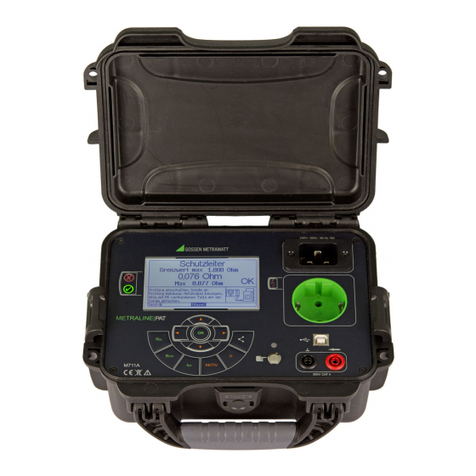
Gossen MetraWatt
Gossen MetraWatt METRALINE PAT operating instructions
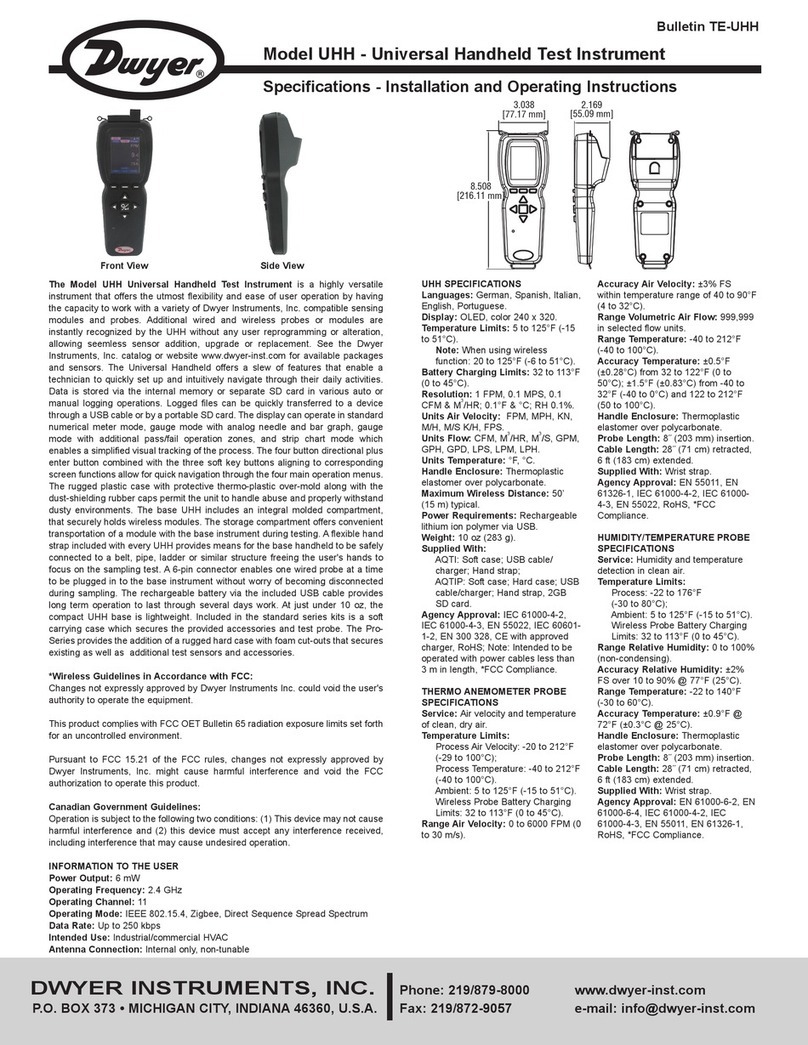
Dwyer Instruments
Dwyer Instruments UHH Installation and operating instructions

Bosch
Bosch FSA 500 instructions
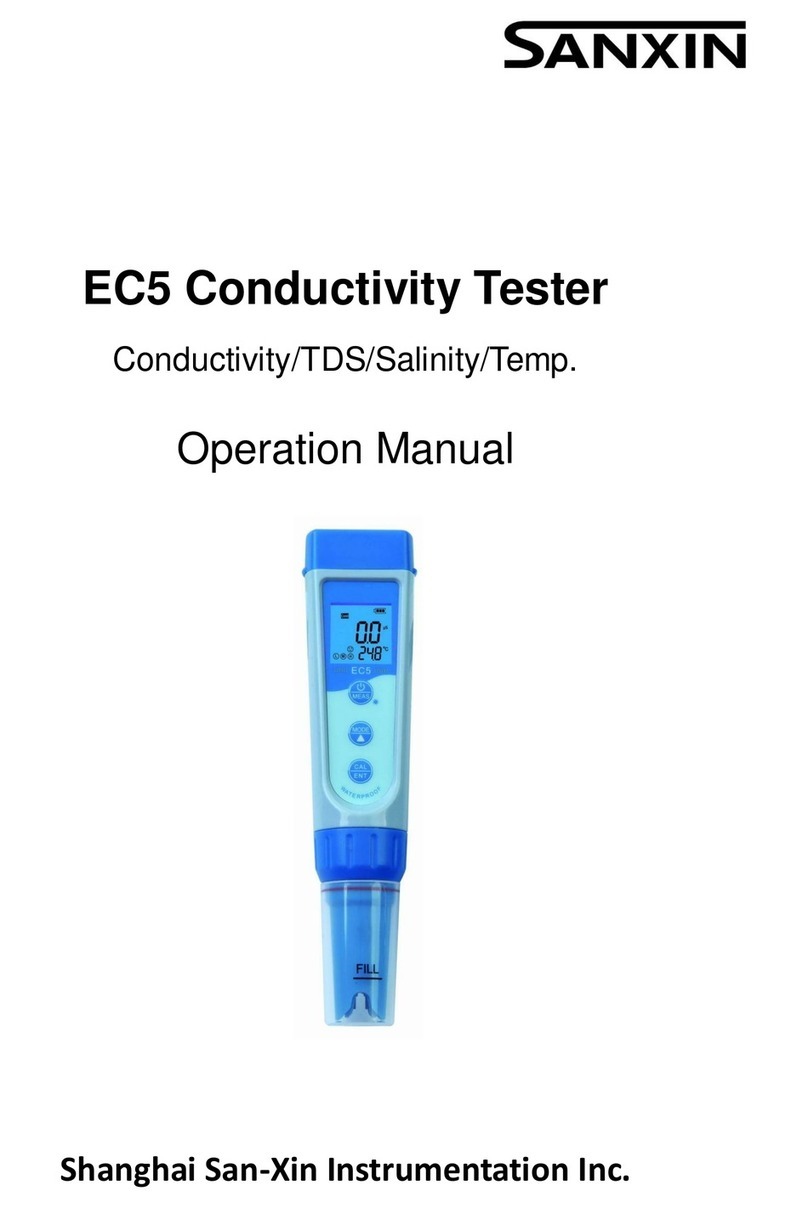
Sanxin
Sanxin EC5 Operation manual





